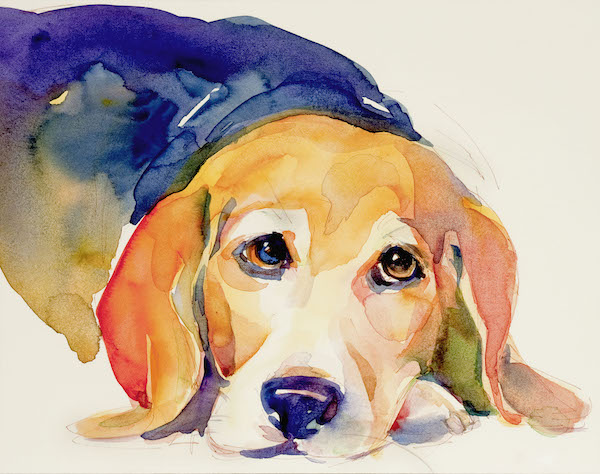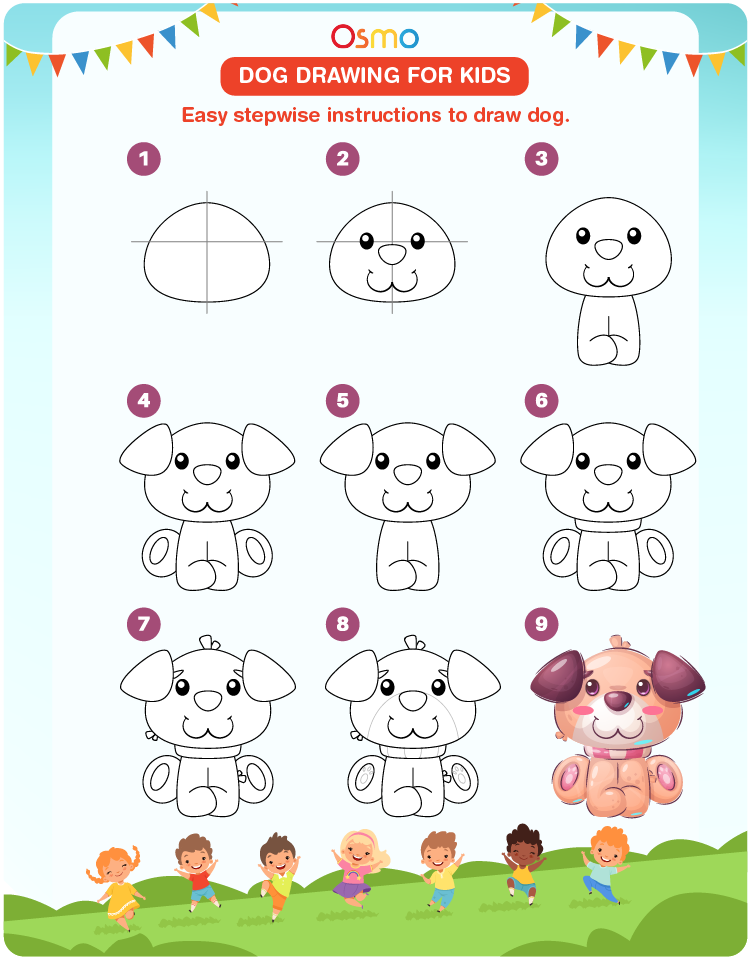Are you an aspiring artist looking to master the art of drawing a dog? Look no further! In this blog, we will dive deep into the world of sketching man’s best friend with finesse and precision. Drawing a dog can be a rewarding experience, whether you’re a beginner or a seasoned artist. From mastering the proportions to capturing the essence of different breeds, we will guide you through essential tips and techniques to elevate your drawings to a professional level. Get ready to unleash your creativity and learn the secrets of creating stunning dog illustrations that will leave everyone impressed!
NEW VIDEO! "How to Draw a Dog: Yorkshire Terrier" https://t.co/eKKrHoB9oP Join me as I show all my steps for doing this drawing of this adorable little Yorkie. 🙂 Thanks for watching! pic.twitter.com/iGuBrTZMHr
— Mark Crilley (@markcrilley) October 27, 2023
Introduction: Exploring the Art of Drawing a Dog
Drawing a dog can be a rewarding and enjoyable creative endeavor. Whether you’re a seasoned artist or just starting, mastering the skill of capturing a dog’s essence on paper can be a fulfilling experience. In this guide, we will delve into the intricacies of drawing a dog, from the basic shapes to the finer details that bring your artwork to life. Let’s unleash our creativity and learn how to draw a dog like a pro!
The Basics of Dog Anatomy
Before diving into the drawing process, it’s essential to understand the basic anatomy of a dog. Familiarize yourself with the proportions of a dog’s body, the placement of facial features, and the unique characteristics of different dog breeds.
Tools and Materials You’ll Need
To embark on your dog drawing journey, gather the necessary tools and materials. A set of quality pencils, erasers, and sketching paper are essential. Additionally, investing in a good dog reference photo can provide valuable guidance during the drawing process.

Understanding the Basics: Sketching and Proportions
When it comes to drawing a dog like a pro, understanding the basics of sketching and proportions is crucial. Start by sketching basic shapes like circles and ovals to outline the body structure of the dog. Pay attention to the proportions of different body parts such as the head, torso, and legs to ensure a realistic representation.
The Importance of Sketching
Sketching serves as the foundation for any drawing. It helps you map out the overall composition and layout of your artwork. Use light, quick strokes to establish the initial structure before diving into the detailed work. Practice sketching regularly to improve your skills.
Understanding Proportions
Proportions play a significant role in achieving a lifelike representation of a dog. Pay close attention to the size and placement of features like the ears, eyes, muzzle, and tail. Using reference images can help you grasp the correct proportions more effectively.
- Focus on measuring distances and angles accurately.
- Break down the body into segments to maintain proper proportions.
- Practice adjusting proportions until you achieve the desired look.

Adding Details: Fur, Eyes, Nose, and More
When it comes to drawing a dog like a pro, adding details such as fur, eyes, nose, and other features can truly bring your artwork to life. Paying attention to these nuances can make your dog drawing more realistic and engaging.
Creating Realistic Fur
To create realistic fur, start by using short, quick strokes with your pencil or pen to mimic the texture of fur. Vary the length and direction of your strokes to capture the natural look of a dog’s coat. Remember, practice makes perfect!
Detailing the Eyes and Nose
For the eyes, focus on capturing the expression and emotions of the dog. Add highlights to make the eyes sparkle and convey depth. When drawing the nose, pay attention to its shape and shading to make it appear three-dimensional. These small details can make a big difference in your artwork.
Ensure the eyes are expressive and bring life to your drawing. Use shading techniques to give depth to the eyes and nose, making them stand out.

Mastering Techniques: Shading and Rendering
When it comes to how to draw a dog with professional finesse, mastering shading and rendering techniques can take your artwork to the next level. Shading adds depth and dimension to your drawing, making it more realistic and visually appealing.
Understanding Light Sources
Proper shading begins with understanding how light interacts with objects. Identify the primary light source in your drawing and determine where shadows fall for realistic shading.
Experiment with different light angles to create dynamic shadows that bring your dog drawing to life.
Selecting the Right Tools
Choosing the right shading tools is crucial for achieving the desired effects. Utilize soft pencils, blending stumps, or even digital brushes to create smooth transitions between light and shadow areas.
Enhancing Realism: Texture and Depth
When learning how to draw a dog, adding texture and depth to your artwork can elevate it to a whole new level of realism. Incorporating various textures like fur, skin, and background elements can create a visual depth that makes your drawing come to life.
Utilizing Different Strokes
Experimenting with different stroke techniques can help you achieve realistic textures in your dog drawings. Use short, quick strokes to mimic fur, and vary the pressure on your pencil to create depth and shadow.
Layering and Blending
Layering different shades of colors and blending them seamlessly can enhance the depth in your dog illustrations. Start with lighter shades as a base and gradually build up darker tones to add dimension.
Bringing Your Drawing to Life: Adding Personality and Expression
When learning how to draw a dog, it’s essential to focus not only on the technical aspects but also on infusing your drawing with personality and expression. Adding these elements can elevate your artwork and make your dog illustrations more engaging.
Choosing Unique Features
Consider highlighting distinctive characteristics of the dog breed you are drawing to give it a sense of individuality. Whether it’s the floppy ears of a spaniel or the bushy tail of a husky, capturing these details can enhance the character of your drawing.
Playing with Expressions
Experiment with different facial expressions to convey emotions through your artwork. A wagging tail, smiling eyes, or a pensive gaze can add depth and emotion to your dog drawing, making it more lifelike.
Frequently Asked Questions
- Do I need to have artistic skills to draw a dog like a pro?
- While having artistic skills can be helpful, anyone can learn to draw a dog like a pro with practice and patience. Just follow the steps and tips provided in the blog post.
- What materials do I need to draw a dog?
- You will need paper, pencils or drawing pens, an eraser, and optionally colored pencils or markers to add more details to your drawing.
- Is it important to study the anatomy of a dog before drawing?
- Understanding the basic anatomy of a dog can indeed help you draw more accurately. However, you can also start by observing references and practicing to improve your drawing skills.
- How can I add personality to my dog drawing?
- You can add personality to your dog drawing by paying attention to details such as facial expressions, body posture, and unique markings. These elements can bring your drawing to life.
- What are some common mistakes to avoid when drawing a dog?
- Some common mistakes to avoid include not paying attention to proportions, neglecting to observe the details of a dog’s features, and being too hard on yourself. Remember, practice makes perfect!
Closing Thoughts
Learning how to draw a dog like a pro can be a rewarding and enjoyable experience. By following the steps outlined in this guide, you can unleash your creativity and bring your artistic vision to life. Remember to start with basic shapes, observe real dogs for inspiration, and practice consistently to improve your skills.
Experiment with different styles and techniques, and don’t be afraid to make mistakes. Embrace constructive feedback and keep pushing yourself to grow as an artist. Whether you’re a beginner or have some experience, drawing a dog can be a fun way to express yourself and capture the beauty of these beloved animals.

